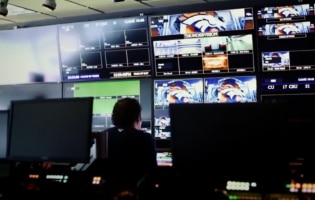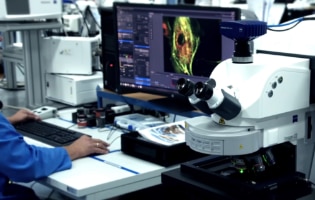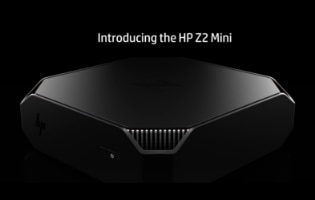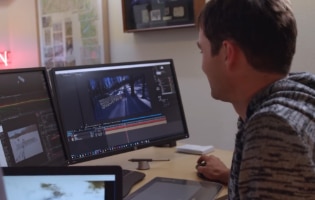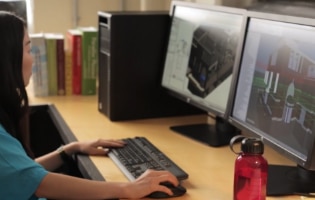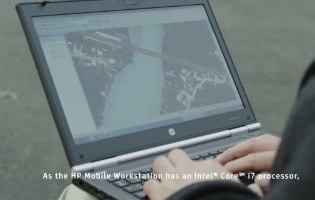Learning Hub
Search by product, type or industry to quickly find helpful content and resources.
ISV Certification
Workstation ISV Certification
Z Workstations undergo rigorous testing and certification by Independent Software Vendors to ensure you get peak performance from your chosen applications.
Our Ambassadors
Don’t Stop
Whether bridging the gap between tech and business or doing a sentiment analysis of The Simpsons, see how these experts are leveraging data in creative ways.
Have a Question?
Contact Sales Support.
Follow HP Z on Social Media
Need Help in Choosing the Best
HP Z Workstation Solutions?
Need Support for Your HP Z Workstation?
Disclaimers
Product may differ from images depicted.
Product images are for illustration purposes only, product availability and colours may vary by country.
© HP Development Company, L.P. The Information contained herein is subject to change without notice. Warranties for HP products and services are set out in the express warranty statements accompanying such products and services. In addition, our products and services come with guarantees that cannot be excluded under the Australian Consumer Law. Subject to the foregoing, nothing herein should be construed as constituting an additional warranty. HP shall not be liable for technical or editorial errors or omissions contained herein.
Intel, the Intel logo, Core and Xeon are trademarks or registered trademarks of Intel Corporation or its subsidiaries in the United States and other countries. Microsoft and Windows are either registered trademarks or trademarks of Microsoft Corporation in the United States and/or other countries. NVIDIA, the NVIDIA logo, and NVIDIA NGC, NVIDIA Omniverse, NVIDIA RAPIDS, NVIDIA RTX are trademarks and/or registered trademarks of NVIDIA Corporation in the United States and other countries. Linux® is the registered trademark of Linus Torvalds in the U.S. and other countries. AMD is a trademark of Advanced Micro Devices, Inc. USB Type-C® and USB-C®are registered trademarks of USB Implementers Forum. Thunderbolt and the Thunderbolt logo are trademarks of Intel Corporation or its subsidiaries in the U.S. and/or other countries.
Select Your Country/Region and Language
- Africa
- Afrique
- América Central
- Argentina
- Asia Pacific
- Australia
- Bangladesh
- België
- Belgique
- Bolivia
- Brasil
- Canada
- Canada - Français
- Caribbean
- Česká republika
- Chile
- Colombia
- Danmark
- Deutschland
- Ecuador
- Eesti
- España
- France
- Hong Kong SAR
- Hrvatska
- India
- Indonesia
- Ireland
- Italia
- Latvija
- Lietuva
- Magyarország
- Malaysia
- México
- Middle East
- Nederland
- New Zealand
- Nigeria
- Norge
- Österreich
- Pakistan
- Paraguay
- Perú
- Philippines
- Polska
- Portugal
- Puerto Rico
- România
- Saudi Arabia
- Singapore
- Slovenija
- Slovensko
- South Africa
- Sri Lanka
- Suisse
- Suomi
- Sverige
- Switzerland
- Türkiye
- United Kingdom
- United States
- Uruguay
- Venezuela
- Việt Nam
- Ελλάδα
- България
- Казахстан
- Србија
- Україна
- ישראל
- الشرق الأوسط
- المملكة العربية السعودية
- ไทย
- 中华人民共和国
- 臺灣 地區
- 日本
- 香港特別行政區
- 한국
©2026 HP Development Company, L.P. The information contained herein is subject to change without notice.






































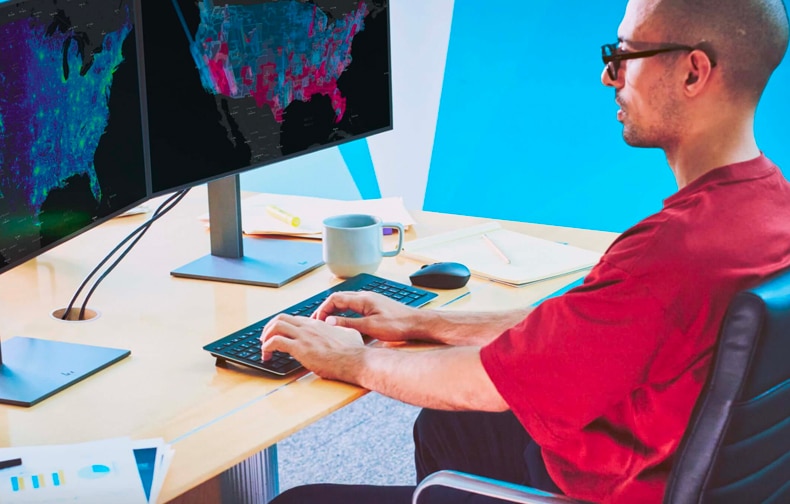











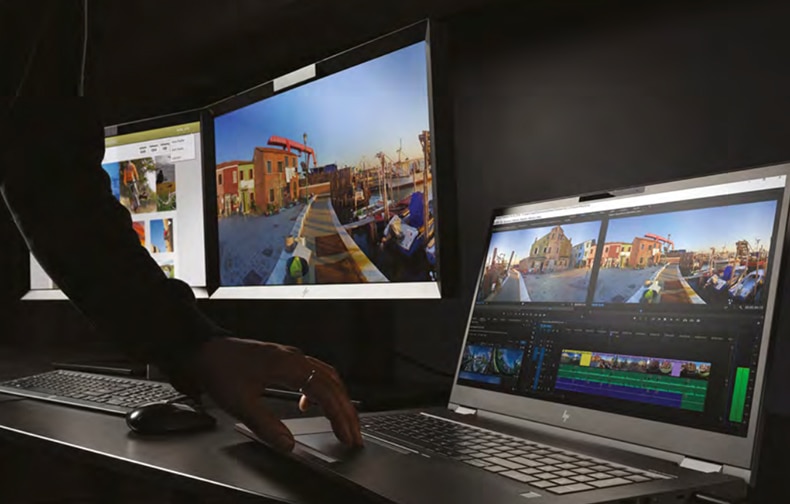



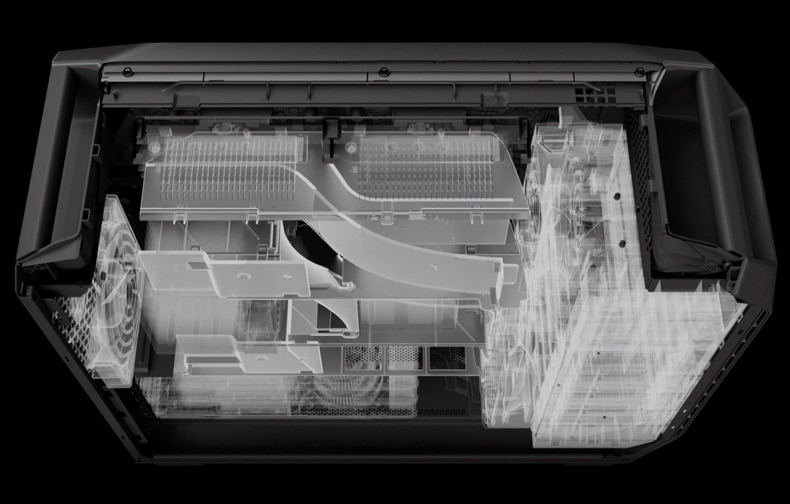
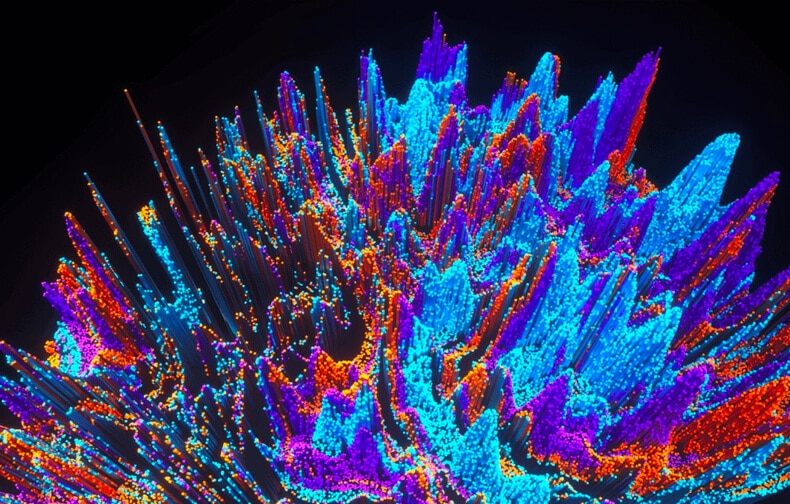



















.png)

































.jpg)


















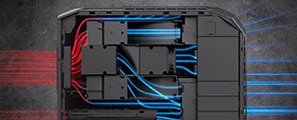


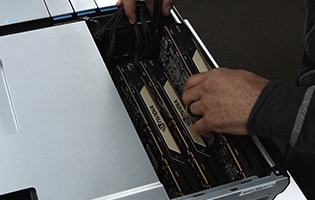

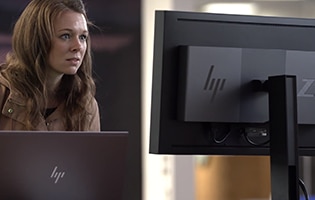
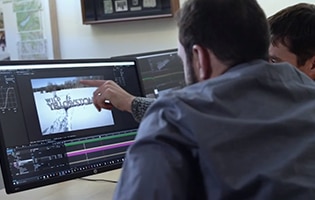


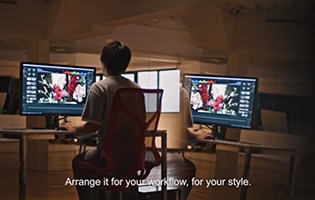
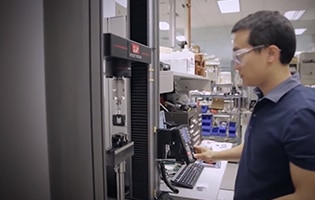



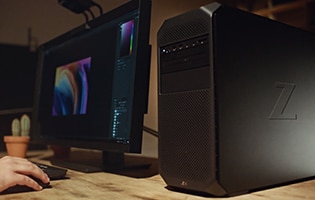


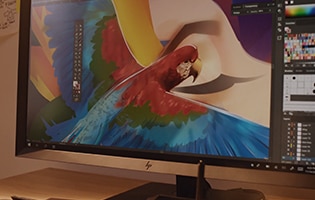

(technical%20whitepaper)1.png)










